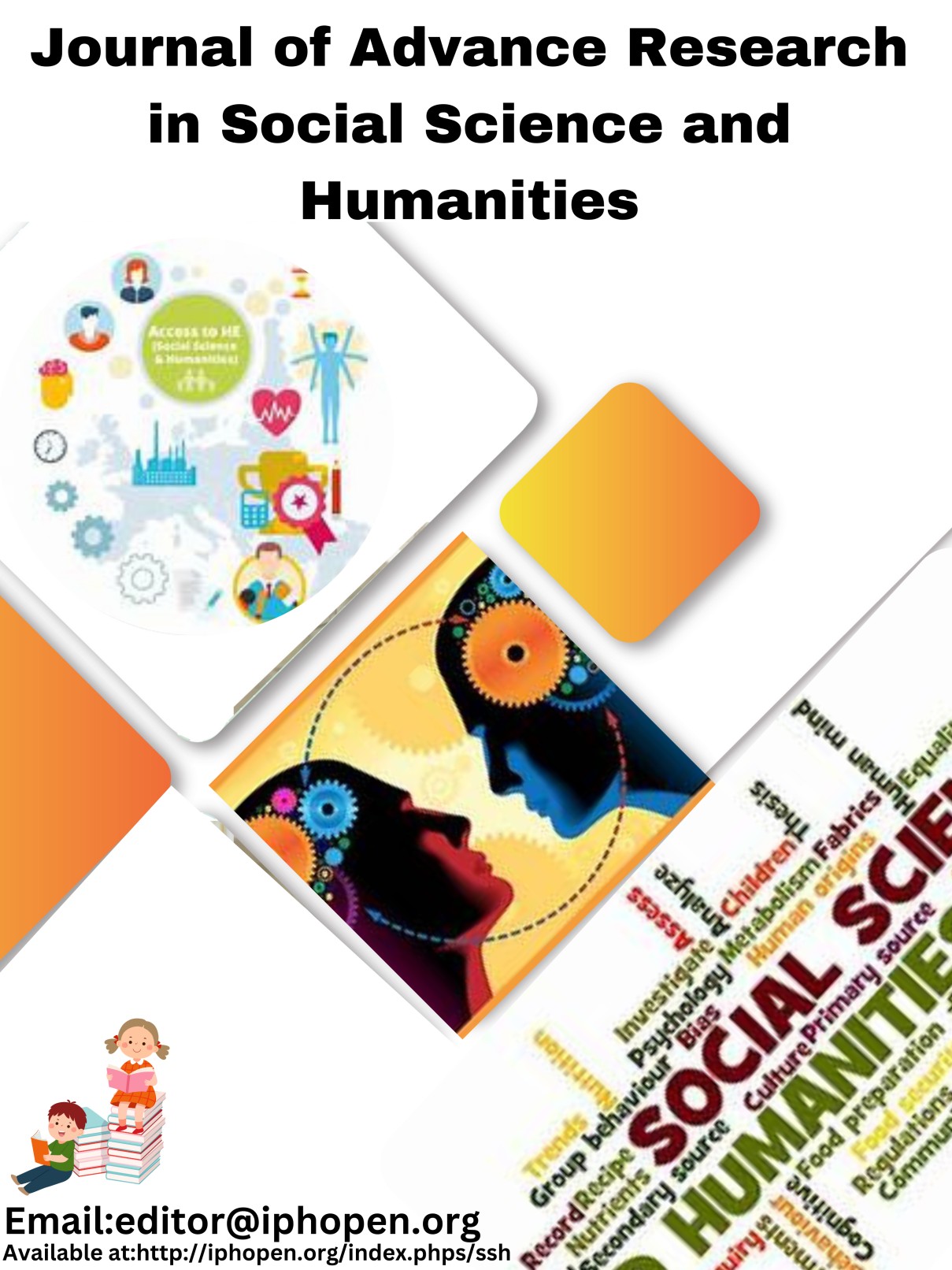AI-Driven Credit Scoring and Alternative Data: Expanding Financial Inclusion and Access to Credit for Underserved Populations
DOI:
https://doi.org/10.5281/zenodo.17231820Keywords:
artificial intelligence credit scoring, alternative data financial inclusion, machine learning risk assessment, graph neural networks, digital payment ecosystems, behavioral credit indicatorsAbstract
Artificial intelligence revolutionizes credit scoring practices at their very core by making it possible to make holistic evaluations of borrower creditworthiness with the help of non-traditional data sources extending manyfold from typical financial records. Machine learning algorithms analyze varied streams of information such as mobile payment records, utility payment cycles, social media trends, and digital transaction histories to generate intricate risk profiles for hitherto excluded groups. Legacy credit scoring algorithms illustrate grave shortcomings in their dependence on historical banking relationships and official documentation requirements, systematically excluding around 1.7 billion unbanked adults worldwide, with disproportionate impact on women entrepreneurs, young adults, gig economy workers, and rural communities in emerging economies. AI powered systems employ neural networks, ensemble approaches, and graph based machine learning algorithms to detect fine grained correlations between ostensibly unrelated behavioral indicators that expose patterns of financial responsibility undetectable to standard measures. Sophisticated algorithmic platforms support real-time risk appraisal through dynamic learning features that constantly evolve to accommodate shifting economic environments and changing consumer behaviors. Alternative data integration includes telecommunications account information, e-commerce payment histories, peer-to-peer payment networks, geographical location indicators, and utility service management habits that together offer holistic representations of real repayment ability. Graph neural network architectures show superior performance in handling complex multidimensional data with thousands of variables and sustaining superior classification accuracy on various demographic segments. Improved risk assessment functionality allows banks to reach previously hidden markets while preserving portfolio quality with advanced pattern discovery that identifies weak signals pointing to financial stability or potential default threats.
References
David Mhlanga, "Financial Inclusion in Emerging Economies: The Application of Machine Learning and Artificial Intelligence in Credit Risk Assessment," MDPI, 2021. [Online].Available:https://www.mdpi.com/2227-7072/9/3/39
Yunchuan Sun et al., "Alternative data in finance and business: emerging applications and theory analysis (review)," Springer Open, 2024. [Online]. Available:https://jfin-swufe.springeropen.com/articles/10.1186/s40854-024-00652-0
Michael Raymond, "The Impact of Alternative Data Sources on Machine Learning-Based Credit Scoring Models for Financial Inclusion: A Nigeria-Centric Perspective," ResearchGate.[Online]. Available:https://www.researchgate.net/profile/Michael-Raymond-11/publication/394447930
Daniel Ahelegbey et al., "A network-based fintech inclusion platform," ScienceDirect, 2023.[Online]. Available:https://www.sciencedirect.com/science/article/pii/S0038012123000551[5] Hariharan Pappil Kothandapani, "Leveraging AI for credit scoring and financial inclusion in emerging markets," World Journal of Advanced Research and Reviews, 2022. [Online].Available:https://www.researchgate.net/profile/Hariharan-Pappil-Kothandapani-2/publication/388359465
Luisa Roa et al., "Supporting Financial Inclusion with Graph Machine Learning and Super-App Alternative Data," arXiv, 2021. [Online]. Available:https://arxiv.org/pdf/2102.09974
Anil Kumar et al., "Machine Learning (ML) Technologies for Digital Credit Scoring in Rural Finance: A Literature Review," MDPI, 2021. [Online]. Available:https://www.mdpi.com/2227-
/9/11/192
Xin Zhang et al., "Robust Graph Neural Networks for Stability Analysis in Dynamic Networks," arXiv. [Online]. Available:https://arxiv.org/pdf/2411.11848
Latif Adam et al., "Driving Financial Inclusion in Indonesia with Innovative Credit Scoring,"MDPI, 2025. [Online]. Available:https://www.mdpi.com/1911-8074/18/8/442
Bingyao Liu et al., "Unveiling the Potential of Graph Neural Networks in SME Credit Risk
Assessment," arXiv. [Online]. Available:https://arxiv.org/pdf/2409.17909?
Downloads
Published
How to Cite
Issue
Section
License
Copyright (c) 2025 IPHO-Journal of Advance Research in Social Science and Humanities

This work is licensed under a Creative Commons Attribution-NonCommercial-ShareAlike 4.0 International License.
Author(s) and co-author(s) jointly and severally represent and warrant that the Article is original with the author(s) and does not infringe any copyright or violate any other right of any third parties and that the Article has not been published elsewhere. Author(s) agree to the terms that the IPHO Journal will have the full right to remove the published article on any misconduct found in the published article.




















